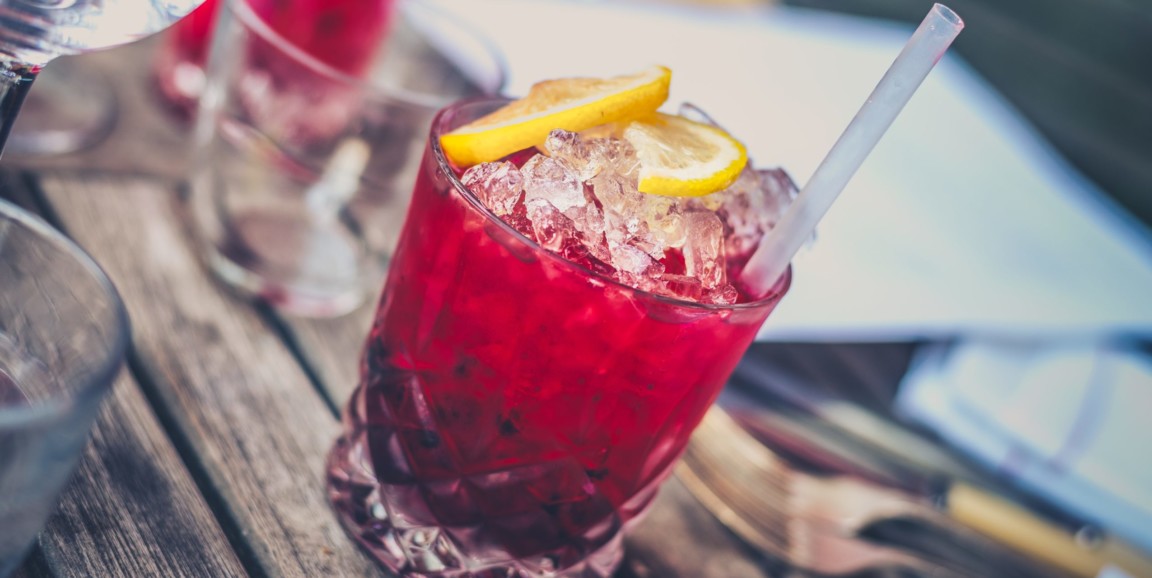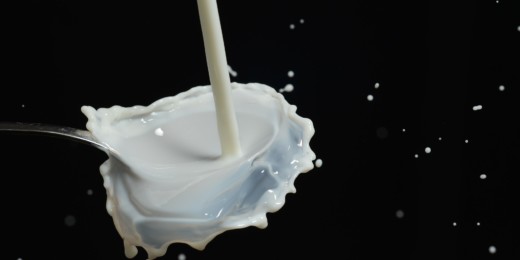"I've read a lot about cranberry juice. Does it actually work?"
Catherine, 22, had just been diagnosed with her first urinary tract infection right before a trip to Alaska. After looking up her symptoms, she quickly realized there is a lot of confusing information online about UTI's, and she wasn't sure what was fact or fiction. Frustrated by websites, she decided to reach out to her doctor.
As with much health information, the internet can lead patients down a rabbit hole when it comes to UTIs. Here are seven common myths -- and the truth, or lack of evidence, behind them.
Myth 1: To prevent a UTI, clean your vagina with soap and water.
FALSE: Using products to clean the vaginal area does not help prevent a UTI, and could throw off the pH and bacterial balances. You do not need to wash, douche or use cleansing wipes in the vagina.
Do gently wash the exterior portion of your genitals with soap and water.
Myth 2: If your urine is cloudy or has a strange odor, then you have a UTI.
FALSE: Studies have shown that the clarity and smell of urine is not an accurate way to diagnose a UTI because it can depend on how much water you drink and what you have eaten.
Myth 3: Only women can get UTIs.
FALSE: Although women are at a much greater risk of getting a UTI, men and non-binary or trans individuals can get UTIs as well. Additionally, children, pregnant women and the elderly can experience UTIs.
Myth 4: You can only get a UTI if you are sexually active.
FALSE: UTIs are caused by bacteria infecting the urinary system. Although sexual intercourse can increase the risk of getting a UTI, there are many other known ways to get a UTI. For example, the infection can also be caused by douching or having poorly controlled diabetes. Sometimes, the trigger for a UTI is unknown.
Myth 5: A UTI can't go away on its own.
FALSE: Studies have found that 25-42% of women are able to recover from an uncomplicated UTI without antibiotics. But an untreated UTI can sometimes develop into a very serious infection, cautioned Stanford physician Randall Stafford, MD, PhD. "It's wise to see a health care professional if you think you have a UTI," he said.
Myth 6: Drinking cranberry juice or extract can prevent or treat a UTI.
FALSE: Cranberry juice has often been the go-to for preventing UTIs because it contains proanthocyanidins which inhibit bacteria from sticking to the walls of the bladder. However, studies have shown that cranberry products do not significantly prevent or treat UTIs.
Myth 7: Taking probiotics can protect you from a UTI.
THE JURY'S OUT: The evidence that probiotics restore vaginal or gastrointestinal bacterial communities is mixed, Stafford pointed out. You can use if desired, but the potential benefit is likely to be small.
Reliable resources for information about UTIs
One of the greatest resources when it comes to your health is your doctor or advanced practice provider (nurse practitioner or physician assistant).
In addition, here are some helpful and reliable websites.
- Center for Disease Control urinary tract infection
- Office on Women's Health urinary tract infection
- MedlinePlus
Always check the source of your health information, and like Catherine, consult a health professional if you have questions.
This is the third post in the series Understanding UTIs. The goal of this seven-part series is to provide easy-to-understand, scientifically grounded information about UTIs. Patients referenced are composites, compiled from actual patient experiences.
Joanna Langner is a graduate student in Community Health and Prevention Research at Stanford who is interested in health disparities and women's health. She wrote this series with the support of Randall Stafford, MD, PhD, professor of medicine and director of the Program on Prevention Outcomes and Practices, and Kim Chiang, MD, clinical assistant professor of medicine.
Photo by Jez Timms






